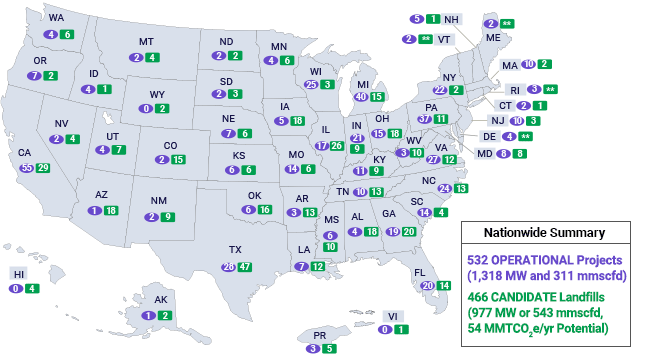By Brooke Lappe
Landfills release large amounts of hazardous and otherwise harmful chemicals into the surrounding air and water. These releases contain a wide variety of potential carcinogens and toxic chemicals, which are a threat to public health.

Exposure to landfill contaminants can be through direct contact (occupational workers), inhalation, or ingestion of contaminated air, food, or water. Contaminated drinking water has been an established source of exposure in many studies, revealing links between congenital malformations, low birth weight, prematurity, and child growth. A number of studies revealed that there is a higher risk of developing stomach, stomach, liver, lung, cervix and prostate cancers. In a multi-site study in New York, a 12% increased risk of congenital malformations in children born to families within one mile of hazardous waste sites was discovered.
Landfills also create considerable impacts on land value, degradation, and availability. Multiple hazards are likely the cause, and researchers revealed that in Cleveland, Ohio, 40% of participants to their survey reported odor and unattractiveness as the most severe nuisance while 35% reported about the toxic water runoff and methane gas emission, leading to a 5.5-7.3% market value decrease.
Landfills are also directly linked to climate change, because carbon dioxide and methane are the primary constituents of landfill gas. These greenhouse gasses are of global significance, and modeling shows that landfills are a main contributor. In addition to accelerating climate change, these gasses have significant effects on plants, animals, and entire ecosystems, because they cause the displacement of oxygen from soil. This results in the decline of soil faunal populations, vegetation, burrowing animals, and soil health. As a state that economically relies on agriculture, optimizing soil health should be of high priority for Georgians.
Placement of these landfills has historically been intertwined with environmental justice. Nationally, marginalized groups are disproportionately affected by waste. The study by Dr. Robert Bullard, father of environmental justice, found race is the best predictor of where commercial hazardous waste facilities are located. African Americans and other people of color makeup 56% of those living in neighborhoods within two miles of commercial hazardous waste facilities, people of color make up 69% of those living near commercial hazardous waste facilities, and people of color are more concentrated in areas with commercial hazardous sites in 2007 than in 1987.
Georgia ranks 7th for number of landfill gas energy projects and municipal solid waste landfills in the United States. Research shows that the landfills create significant impacts on global warming, ecosystems, ground and surface water, human health, land value, and land availability. Therefore, in order to minimize the potential health risk and environmental burden of landfills, efforts should be made to support superfund cleanup efforts; minimize waste; support proper waste disposal legislation, such as for coal ash; and support transparent landfill placement processes.
